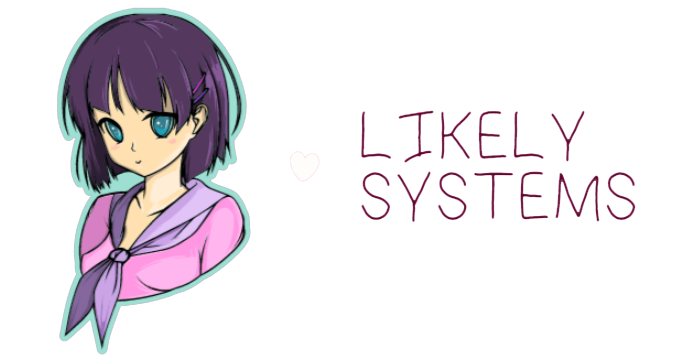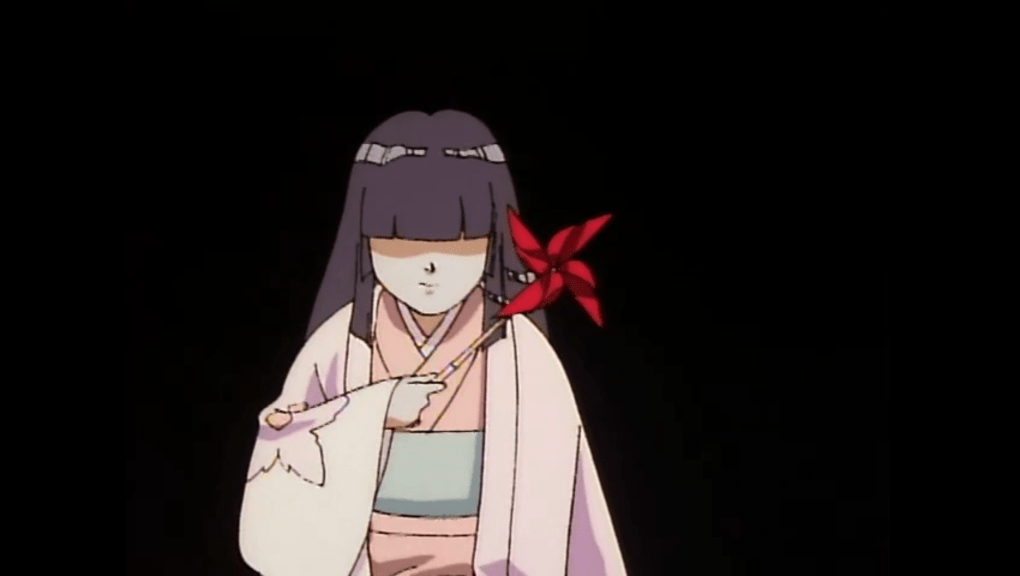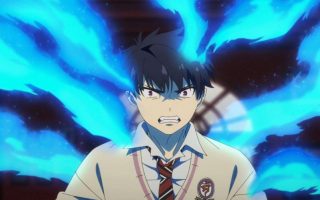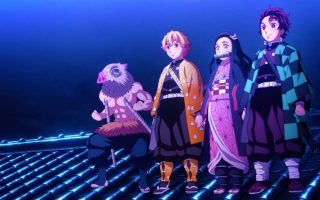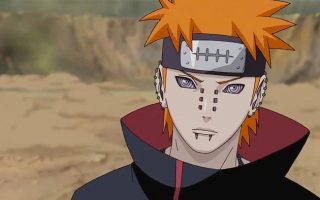Alright, now we’re getting into some shit. Based on the legendary epic novel, the OVA series The Hakkenden is known as one of the great classics of anime history, an “animator’s masterpiece” that is as revered among Japanese animators as it is unknown to international audiences. It is widely regarded as one of the great works of anime’s OVA era, that period of the late eighties/early nineties where the medium’s most daring works were embracing the potential of direct-to-video, broadcast guideline-circumventing media, and Japan was still enjoying an impressive economic bubble
Even just a brief scan down the show’s credits reveal that this first episode possesses key animation by legendary figures like Norio Matsumoto and Mitsuo Iso, all working in service of a bold revision of a literary classic. The Hakkenden is an essential screening for any self-respecting animation nerd, and I’m eager to find myself utterly out of my depth in assessing its greatness. Let’s get to work!
Episode 1

A stark red screen offers a tonally violent introduction, before panning back to reveal itself as a girl’s pinwheel. In spite of this series’ legendary animation acumen, its actual director Takashi Anno doesn’t have too expansive of a resume, with most of his works congregating around this historical OVA wave
Then a beautiful sunset, leading into our reveal of the titular Hakkenden: eight legendary warriors
Our character designer is Atsushi Yamagata. His designs are period-appropriate but reserved; some of these men possess the ornate chins and noses exemplary of the era, but they all lean far closer to realistic human forms than your average production

Beautiful introductory cuts for each of these characters, featuring a mix of backgrounds that alternately impress through their naturalistic beauty or evocative abstraction
Already appreciating this intro’s confident, methodical delivery. No rush to dazzle us with a hook or explanation, just a stately introduction of the central players
The connection of these warriors to the eight folds of the pinwheel fan is made explicit as the fan melts into fragments, looking much like cherry blossoms dancing in the breeze. This carries a secondary implication of ephemerality, implying these warriors are to be as short-lived as they are gallant and beautiful. The pinwheel motif could also imply they are only truly complete as a unit of eight

The episode proper begins with another shot of that same child, crying in darkness. No interest in cinematic naturalism here; instead, the series seems to evoke a tone closer to a stage play, with actors replacing each other on an ornate stage
“Early May, 1478”
More red pinwheels accompany a line of buddha statues. The pinwheel, or the more general “wheel of dharma,” is a regular feature of buddhist text and symbology, with the turning of the wheel signifying great changes in the world as a result of some mighty actor. Presumably our Hakkenden are collectively that actor, turning the wheel of history for a time

In the glow of the fire, we see a full moon highlighting a figure on a bridge. Beautiful composition
Spectral warriors emerge from the stones. Their movements are unnerving, as if their limbs are being dragged upwards by puppet strings. An impressive feat of character acting fluidity, demonstrating bodies moving under a force other than their own muscles and bones, but nonetheless still possessing the joints and weight of humans
The pink pinwheels are the only objects that maintain their color. The color red seems to possess some key thematic significance, as it dominates the production so far

A great fire dispels the spectral warriors, offering us some beautifully voluminous effects animation
“The Kaleidoscope”
We jump back to fall of 1457, in the Muromachi Shogunate
Love these roughly painted shots detailing the historical drama. I believe shots of this type are called “harmonies,” where the whole cel is painted by the art department, rather than the coloring department. This technique is most commonly associated with Dezaki’s “postcard memory” technique, but is useful for any production attempting to add a sense of painterly texture and weight to a particular image. Of course, this technique was only possible in the cel photography age, and attempts to reproduce it digitally have had mixed results

Wildly ambitious brief cuts across the rage of battle, the sort of shots most productions tend to avoid for pragmatic reasons
And more just fundamentally excellent layouts. Love this transition shot of a tattered flag swaying in the breeze; between the out-of-focus foreground rags, the flag itself, and the clouds beyond, the composition naturally evokes a sense of restless, transient movement, drawing the eye off the screen to the right, begging for escape
“The entire clan was on the brink of death.” Among other things, the OVA era allowed for much more aggressive portrayals of violence than TV animation. This was mostly wasted on pulpy works of ultraviolence, but it also benefited the occasional prestige production like this one

Inside, a woman comforts a hungry dog named Yatsufusa. Given the Hakkenden are the “eight dogs,” we can assume this isn’t an idle choice
Another lovely composition making effective use of soft focus foreground objects. The candle here effectively hems this woman in, visually evoking her narrative entrapment. That candle also carries a sense of instability or ephemerality, echoing this clan’s approaching destruction
Also like the subtly distorted perspective as we stop in with a pair of reminiscing warriors

The younger man is Daisuke, the apparent heir to the Satomi clan
Incredible cuts of action animation as we return to the future confrontation with those spirit warriors. The movements are only slightly exaggerated, sufficiently to add a sense of clean flow to the movements, but nothing more. Beyond that, you can clearly feel the weight of the characters’ bodies as they move, and even the inelegance of their movements as they push against the destabilizing force of the river. Plus, the splashes of the river itself, and the way they’re using the expanding ripples to contrast against the darkened figures! Just a remarkable sequence

As before, the color design is almost greyscale outside of the splashes of red. This allows for much greater clarity of purpose in the composition; frankly, black-and-white photography/cinema tends to possess more visual clarity on the whole than color work, since infinite color tends to undercut unified purpose in a composition
A graceful match cut of a parasol melting into a cup of sake leads us back to the earlier battlefield
Daisuke once again promises that he “will have Kagetsura’s head”

The last shot here actually seems like it was airbrush painted, in the same style as something like Mamoru Oshii’s Patlabor film opening
We get exactly one cut of an entirely different style of animation, with the beasts from the later timeline now conveyed in pure sketched outline, their forms contorting in pace with their anger. Yeah, this whole production’s just a master animator playground
And again the animation style changes dramatically, with Daisuke now embracing facial contortions more reminiscent of a gag anime than his ornate and realistic earlier design

Daisuke’s group is torn apart in a rage of beautifully animated gore. This whole sequence seems like it’s animated on 2s or 1s, so fluid is the movement
Love this composition of the returning warrior apologizing to his father. The distorted house’s form and looming shadows make it seem as if this very building is hunched over in sorrow and defeat
God, there is so much personality in these loose cuts. I think I can recognize some of the Iso ones – his early ‘90s style was all about these contorting body designs, with loose shapes and simplified faces to better facilitate character acting as the central vehicle for personal expression. The swagger of this swordsman as he drops into the river has Iso written all over it

Oh my god, this depth-panning sequence. One of the phantoms roars, and then the camera pulls back directly away from him, with layers of soldiers and debris stumbling into and out of the frame in a maddening kaleidoscope. This is precisely the sort of thing animation has the most difficulty portraying, and so of course this production is flexing by building a scene around it
A lot of the backgrounds also seem to be painted in that airbrush style, leading to an interesting sense of worn depth in the composition
Ultimately, it is the dog Yatsufusa who truly brings back Kagetsura’s head

More wonderfully textured harmony shots as the Satomi rally in response. This episode is essentially offering a concise master class in methods of varying the texture and aesthetic of cel painted animation
A smash cut seems to imply Princess Fuse is actually the girl with the pinwheel
After Yatsufusa goes wild, we again see that bridge from the fire’s portent. Absolutely beautiful composition, all portrayed in an ominous red haze. It seems this is Fuze’s bridge to the spirit realm

I see. So Yatsufusa was actually promised Fuse’s hand in marriage, if he brought them victory
And thus Fuse married a dog. Aw jeez, how literally are we taking this “dog warriors” title?
Daisuke apparently survived, and is now understandably upset with Yatsufusa. He hunts the strange couple into the mountains
But of course, when firing at Yatsufusa, he hits Fuse as well. Presumably the fate of the two has been linked

“Don’t follow me into death, Daisuke. There is something that you must do.” All of this story’s characters seem perpetually on the verge of death, holding on to life only for the sake of duty
Fuse claims her body is possessed by an evil spirit that wishes for vengeance on the Satomi, and that Daisuke must break this curse
And thus she dies, releasing the Hakkenden

And Done
God damn that was some quality animation. I can see why this production is considered such an animator holy grail, and I can also see why it doesn’t have much recognition outside of that. There was virtually no narrative to this episode, just exposition regarding the story to come, but my lord were the individual highlights impressive. That sequence in the river was just astonishing, and along with its actual animation, this episode featured consistently remarkable layouts, color design, and even cel painting technology. A love letter from animation, to animation.
This article was made possible by reader support. Thank you all for all that you do.
